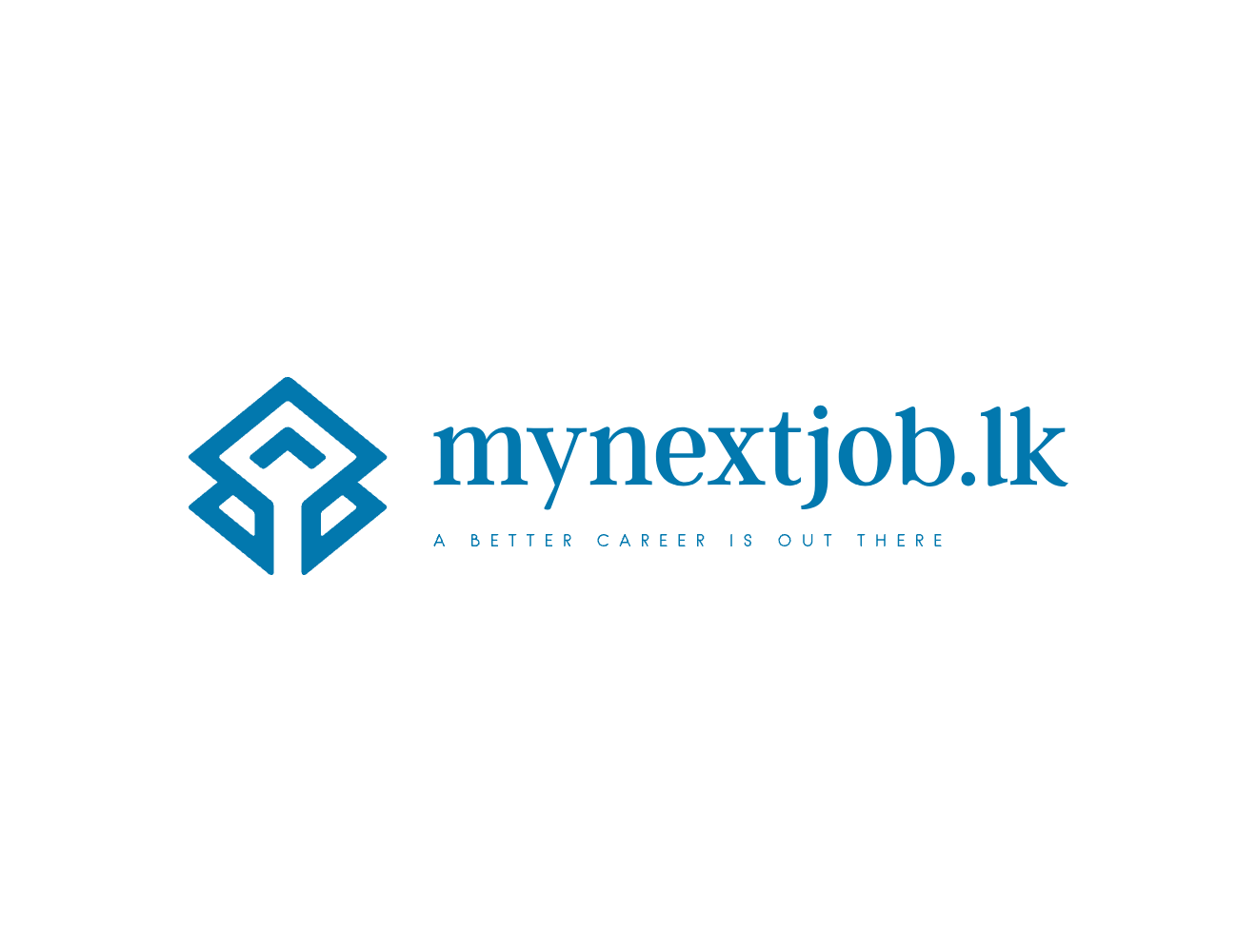Understanding Employee Grievances
Employee grievances are formal complaints raised by employees over perceived unfair treatment, discrepancies in the workplace, or violations of company policies. These grievances can manifest in various forms, each warranting close attention and prompt resolution. Understanding the nature and types of employee grievances is essential for maintaining a harmonious and productive work environment.
Grievances often stem from issues related to working conditions. This includes dissatisfaction with job roles, inadequate resources to perform tasks, or unsafe working environments. For instance, employees may complain about insufficient lighting, poor ergonomics, or lack of necessary equipment. Such grievances not only impact employee morale but can also impair their productivity and overall job satisfaction.
Interpersonal conflicts represent another category of common grievances. This could involve issues like harassment, discrimination, or bullying by supervisors or coworkers. These conflicts are not only detrimental to the individual experiencing them but can also create a toxic work culture that affects team dynamics. Promptly addressing interpersonal grievances is crucial to fostering a respectful and inclusive workplace.
Violations of company policies also constitute a significant area of employee grievances. These might involve discrepancies in payroll, breaches of contract, or unjust disciplinary actions. Employees might feel that company policies are being applied inconsistently or that they are not receiving the benefits they are entitled to. Clear communication and consistent enforcement of company policies can help mitigate these types of grievances.
Recognizing the signs and symptoms that indicate an employee may have a grievance is vital. Symptoms can range from noticeable drops in performance, increased absenteeism, and withdrawal from team activities, to overt expressions of dissatisfaction. Employers should remain vigilant and approachable, creating an environment where employees feel safe and encouraged to voice their concerns.
By comprehending the multifaceted nature of employee grievances, management can develop more effective strategies for resolution, thereby ensuring a balanced and equitable workplace. Understanding these grievances in their entirety sets the foundation for addressing them successfully, contributing to a stable and supportive work environment.
The Importance of a Grievance Handling Procedure
Establishing a structured grievance handling procedure is essential for maintaining a harmonious and efficient workplace. One of the primary benefits of resolving grievances promptly is the immediate improvement in employee morale. When employees feel their concerns are heard and addressed, they are more likely to remain engaged and productive. This sense of protection and fairness translates into reduced turnover rates, as employees are less likely to leave a workplace where they feel valued and supported.
Moreover, a clear grievance handling procedure fosters a positive workplace culture. By enabling open channels of communication, organizations can ensure that issues are brought to light and resolved before they escalate. This not only helps in building trust between management and staff but also promotes a culture of transparency and accountability.
On the flip side, neglecting employee grievances can have serious repercussions. Unresolved grievances can lead to significant dissatisfaction among employees, which may manifest as reduced productivity, increased absenteeism, and even conflicts within the team. Over time, this can erode the overall workplace atmosphere, and the company’s reputation may begin to suffer as a result.
The potential risks extend beyond internal workplace issues. Legal implications can arise if grievances related to discrimination, harassment, or unfair treatment are left unaddressed. This can lead to costly litigation and settlements, further exacerbating the financial burden on the organization. Additionally, negative publicity from such legal battles can tarnish the company’s image publicly, making it difficult to attract and retain talent.
Given these factors, the necessity of a well-defined grievance handling process becomes evident. It serves not only as a mechanism to address employee complaints but also as a preventive measure against larger, more complex problems. An effective grievance procedure demonstrates a company’s commitment to its employees, underlining the importance of creating a fair and just working environment.
Steps to Handle Employee Grievances
Addressing employee grievances effectively requires a structured and transparent approach. The following steps provide a comprehensive framework for managing such concerns, ensuring that employees feel heard and valued while maintaining organizational integrity.
Receiving the Grievance
The initial step in managing an employee grievance is to provide a clear and accessible channel for employees to voice their concerns. This could entail a dedicated email, suggestion box, or a designated HR representative. Ensuring that employees understand how and where to file their grievances is crucial to fostering a culture of openness and trust.
Acknowledgment
Once a grievance is received, it is essential to acknowledge it promptly. A timely acknowledgment reaffirms to the employee that their concern is taken seriously. This should include an outline of the subsequent steps and an estimated timeline for resolution. Clear communication at this phase sets the tone for the upcoming process.
Investigation
Conducting a thorough investigation is paramount. Gather all pertinent information by interviewing involved parties, reviewing relevant documents, and consulting any witnesses. The objective is to establish an accurate and unbiased understanding of the situation. Ensure that the investigation is handled discreetly to maintain confidentiality and protect all involved parties.
Meetings with Involved Parties
Arranging meetings with the concerned parties is a critical step. These meetings should be conducted in a neutral environment where all participants feel safe to express their views. Facilitate a constructive dialogue focused on understanding differences and exploring potential resolutions. It is important to remain impartial throughout these interactions to build trust and ensure a fair process.
Documentation
Documenting the grievance process is essential for transparency and future reference. This includes recording the initial complaint, all investigative steps taken, meetings held, and resolutions proposed. Accurate documentation helps in analyzing trends, improving processes, and safeguarding against potential disputes or legal challenges in the future.
Transparent Communication
Once a decision is reached, communicate it to the involved parties transparently. Explain how the conclusion was arrived at and the steps that will be taken to address the grievance. Providing clear and honest communication helps in managing expectations and demonstrates a commitment to resolving the issue fairly.
Maintaining Confidentiality and Impartiality
Throughout the grievance process, it is imperative to maintain confidentiality and impartiality. Confidentiality ensures that sensitive information is protected, building trust within the organization. Impartiality, on the other hand, guarantees that all employees are treated equitably, fostering a fair and respectful workplace. In every step, prioritize these principles to uphold the integrity of the grievance handling process.
Best Practices and Tips
Effectively handling employee grievances is crucial for fostering a healthy organizational environment. One of the best practices is establishing an open-door policy. This encourages employees to voice their concerns freely, knowing that management is approachable and willing to listen. To implement this policy successfully, regular communication and assurance of confidentiality are key.
Training managers and HR personnel is another essential strategy. They need to be equipped with the skills to handle grievances professionally and empathetically. Training programs should cover conflict resolution techniques, legal aspects of workplace grievances, and effective communication strategies. A well-trained team will be better prepared to manage sensitive issues, ensuring that grievances are addressed promptly and fairly.
Promoting a supportive workplace environment also plays a significant role in grievance handling. This involves fostering a culture where employees feel valued and respected. Employers should emphasize the importance of mutual respect and encourage a teamwork-oriented atmosphere. Regular team-building activities and workshops on diversity and inclusion can help in cultivating such an environment.
Additionally, the value of regular feedback and follow-up cannot be overstated. Managers should provide constructive feedback consistently and seek feedback from their team. Establishing a system for regular check-ins allows for ongoing monitoring of grievance resolutions. This helps in ensuring that issues are fully resolved and can prevent similar grievances from arising in the future.
Organizations can benefit significantly from real-world examples and case studies on successful grievance handling strategies. For instance, a company that implemented a robust open-door policy saw a significant reduction in employee turnover and an increase in job satisfaction. Another organization that invested in comprehensive manager training reported better resolution of conflicts and a more harmonious workplace.
In conclusion, by adopting these best practices—including an open-door policy, extensive training, a supportive work culture, and regular feedback—organizations can effectively manage employee grievances. These strategies not only resolve existing issues but also contribute to a more positive and productive workplace.








